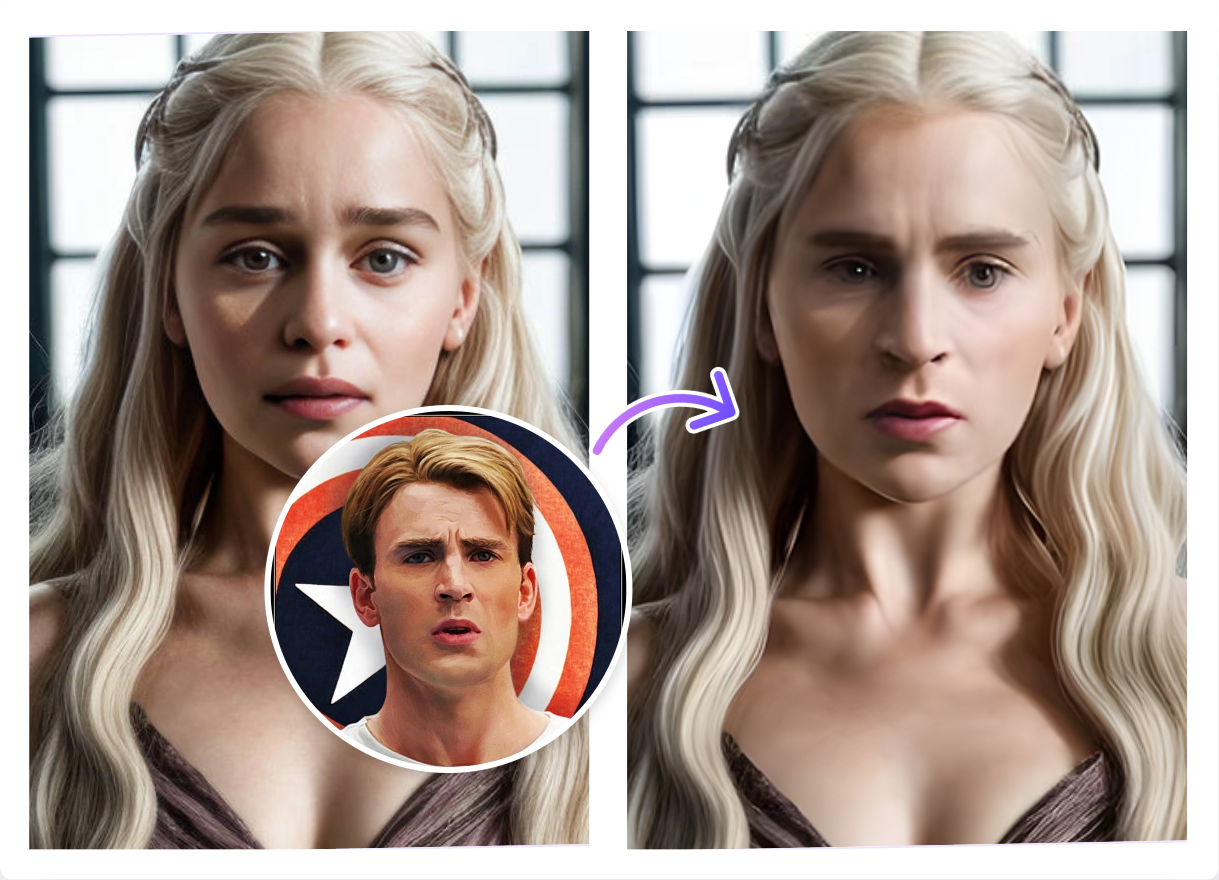Face swapping in live streaming represents one of the most innovative intersections of entertainment technology and real-time media. This technology has seen extensive use in various platforms, allowing streamers to change their appearance in real-time, thereby adding a layer of entertainment, privacy, or branding to their streams. Here's a detailed look at how this technology operates in the live-streaming environment.
Real-Time Face Tracking and Mapping
The first step in a live face swap involves real-time face tracking. Advanced software uses camera input to detect and track facial features continuously, even as the person moves or speaks. This system typically identifies key facial landmarks: eyes, nose, mouth, and jawline. For instance, contemporary tracking algorithms can process these facial movements at rates exceeding 30 frames per second, ensuring the swapped face maintains synchronicity with the streamer’s real movements.
Seamless Integration Through Machine Learning
Once the software has locked onto the facial coordinates, machine learning models take over. These models are trained with thousands, sometimes millions, of facial images to learn various expressions, angles, and lighting conditions. This training allows the software to dynamically adjust the swapped face, making sure it aligns perfectly with the streamer's head movements and expressions. Some of the most advanced systems boast error margins as low as 1-2%, which means nearly flawless real-time performance.
Lighting and Texture Adaptation
A crucial component that enhances the realism of a live face swap is the adaptation to lighting conditions. The software adjusts the hue, saturation, and brightness of the swapped face to match the streamer’s environment. This matching is essential because inconsistent lighting between the original and swapped faces can break the illusion. Additionally, texture mapping technologies ensure that the skin tone and details (like facial hair or wrinkles) of the swapped face blend naturally with the streamer's actual surroundings.
Privacy and Entertainment
Many streamers use face swapping not just for fun but also for privacy. By adopting a different face, they can maintain anonymity while still engaging with their audience. Moreover, entertainment-focused platforms allow streamers to transform into well-known characters or public figures, enhancing the thematic elements of their content.
To see face swapping in action, check out Face Swap. This platform showcases the breadth of creativity and technological prowess available today, making it a staple in modern live streaming.
In conclusion, face swapping in live streaming combines sophisticated facial tracking, machine learning, and graphics rendering to create an interactive and engaging viewer experience. This technology not only enhances the visual dynamics of live broadcasts but also addresses practical needs like privacy and branding. As this technology evolves, it will continue to revolutionize how personalities interact and entertain in real-time digital media.

